Iriomote Cat Facts
Iriomote Cat
 Common Name: Iriomote Cat
Common Name: Iriomote Cat
Kingdom: Animalia
Phylum: Chordata (Vertebrata)
Class: Mammalia
Order: Carnivora
Family: Felidae
Genus: Felinae (Prionailurus)
Species: bengalensis iriomotensis
Photo by C. Allan Morgan
Misc: This cat was originally thought to be a unique species based on some of its characteristics and the fact that it is limited to the Iriomote Island . Today, however, it is classified as a subspecies of the Leopard Cat. Because it is still being debated where this cat actually belongs in the taxonomic classification game, it is still being described separately as if it is an individual and separate species.
Size and Appearance: The Iriomote cats are the size of a domestic cat weighing between 6.5-10 pounds and reaches lengths of 28-35 inches. Its coat is dusky brown with fairly long hair, patterned with dark spots in rows, which form indistinct bands. The body is fairly long with short legs and tail, and the ears are rounded with a white spot on the back.
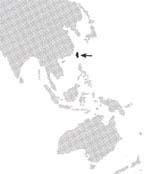 Habitat: Sub-tropical evergreen broad-leaved primary forest including extensive belts of mangrove along waterways. It has occasionally been spotted on the sandy
Habitat: Sub-tropical evergreen broad-leaved primary forest including extensive belts of mangrove along waterways. It has occasionally been spotted on the sandy  beaches of the island.
beaches of the island.
Distribution: Iriomote Island in Japan , which is an island of 182 sq. miles at the southernmost tip of the Ryuku chain.
Reproduction and Offspring: Mating has been recorded in February/ March and September/October. Females usually set up their dens in rock crevices of hollow tree dens. After a gestation of 60-70 days, females produce a litter of 1-4 kittens. It is believed that they reach maturity at 10-12 months, much the same as domestics.
In captivity, one known animal that was kept lived 10 years.
Social System and Communication: Solitary except for during mating season. The Iriomote cat will occupy territories averaging 1 square mile, and males will fight for access to the females. Both sexes howl and meow like domestic cats.
Hunting and Diet: This cat has a wide variety of foods for its diet, and research has identified 95 different prey species. Among them are common rat, Ryuku flying fox, birds, skinks, insects (including 39 species of beetle), amphibians, crabs and fish. The cat is primarily nocturnal, partially arboreal, and is also a good swimmer.
Principal Threats: The greatest threat facing this cat is competition and interbreeding with feral domestic cats. Because it is restricted to a single population, inbreeding among themselves combined with the interbreeding heavily dilutes the genetic integrity of this species and threatens its 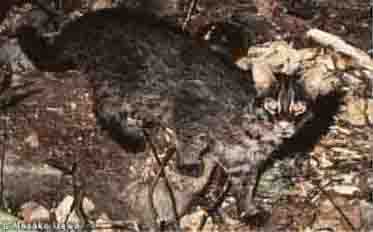 existence. It also opens the Iriomote cat up to a wide variety of introduced diseases. The expansion and development of the Island for tourists are damaging the natural habitat with the development of roads (which leads to road kills), dams, hotels, airports, etc. Agricultural and cattle-raising projects, which are subsidized by the government, also involve clearance of forests.
existence. It also opens the Iriomote cat up to a wide variety of introduced diseases. The expansion and development of the Island for tourists are damaging the natural habitat with the development of roads (which leads to road kills), dams, hotels, airports, etc. Agricultural and cattle-raising projects, which are subsidized by the government, also involve clearance of forests.
Status: CITES: Not listed. IUCN: Endangered.
Information reprinted With Permission from the IUCN Wild Cats Book
Photo Thanks To: csgiriom
If you find this information useful please help us keep it available by making a donation:




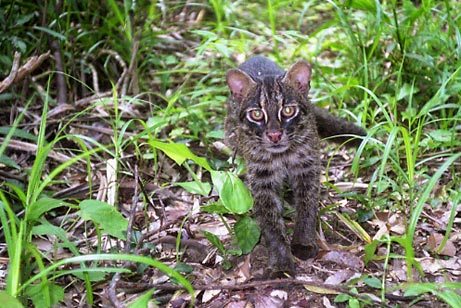
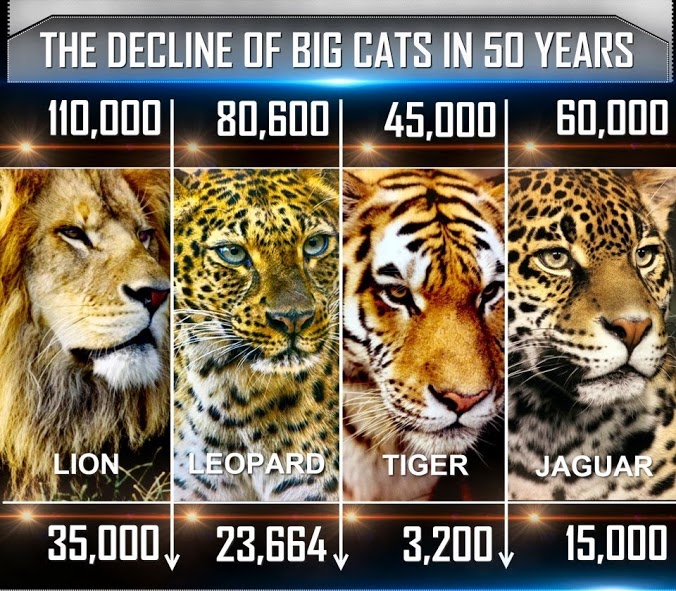
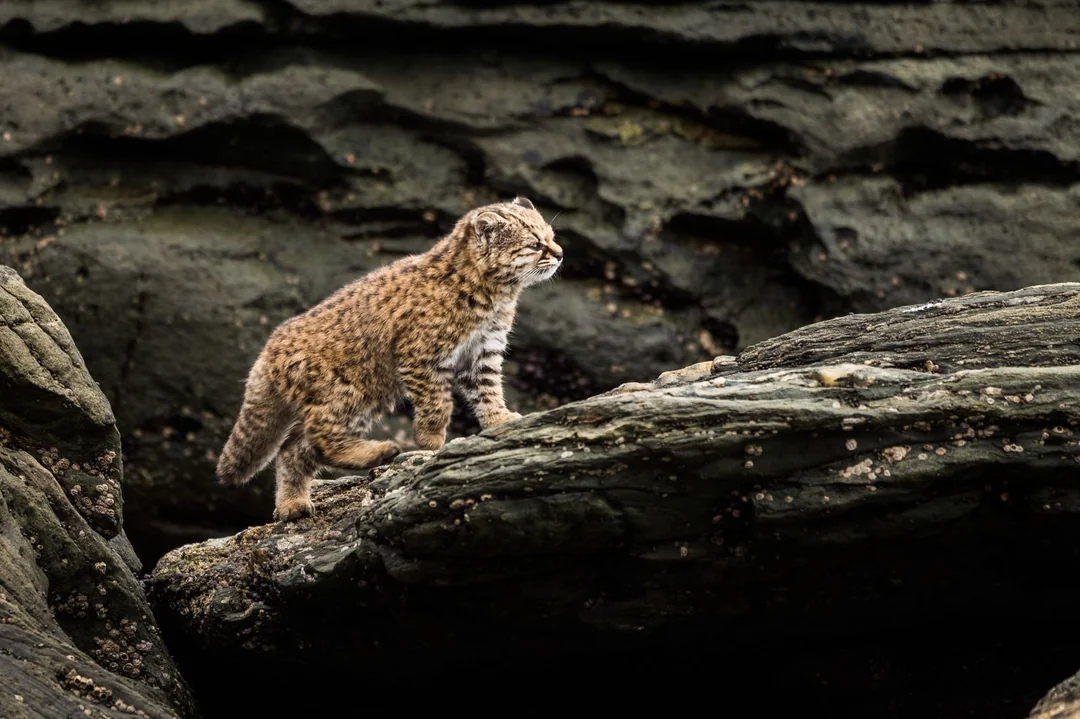
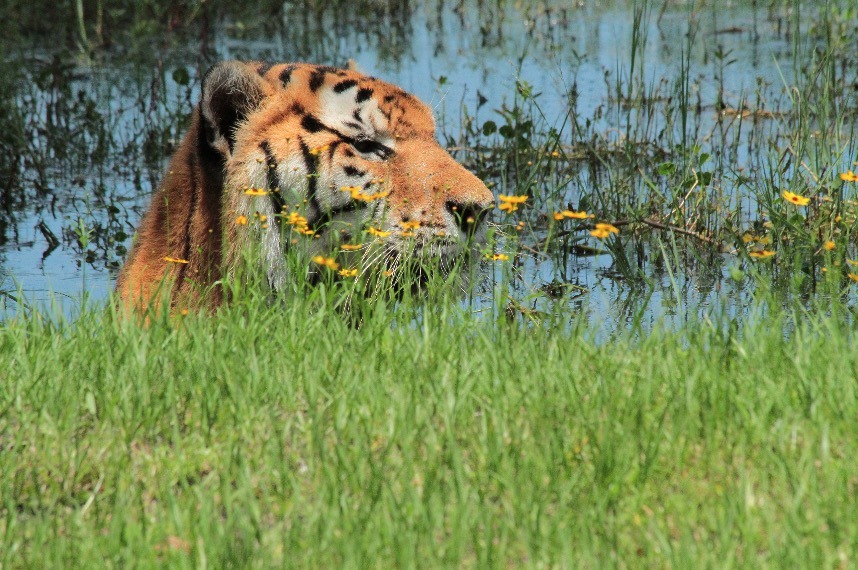
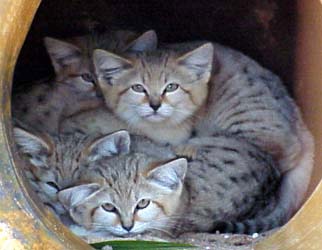
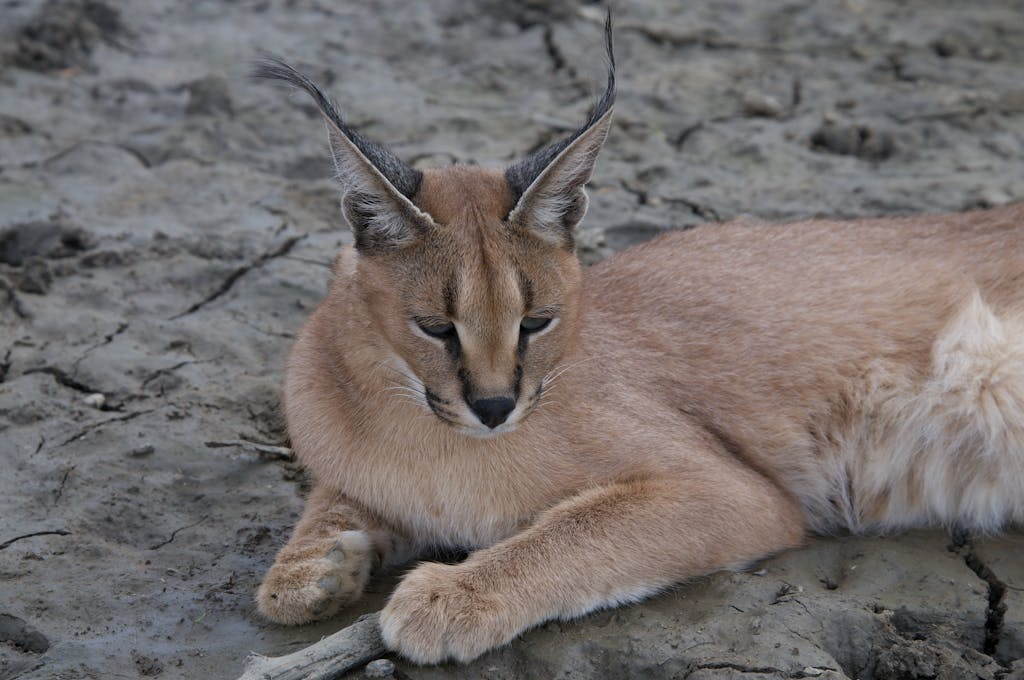
Gorgeous cats are there breeding programs or fostering available? In Canada? For these or other endangered species? Can you link with my brothers group international wildlife or wildlife international to get the land saved for cat conservation for perpetuity? They save land for wildlife n flora n sacred areas if anyone has a place or animals areas they want saved for them they buy the land and preserve it for them!
Helped me with an assignment on animals!
THis game is great
Major thanks for the blog article. Really Cool.
I’m a gamer
I am sure this article has touched all the internet viewers, its really really
pleasant piece of writing on building up new website.
Best place to watch movies !
That's my next tattoo! Pretty kitty!
yamaaya! What a stunning creature.
what a cat.